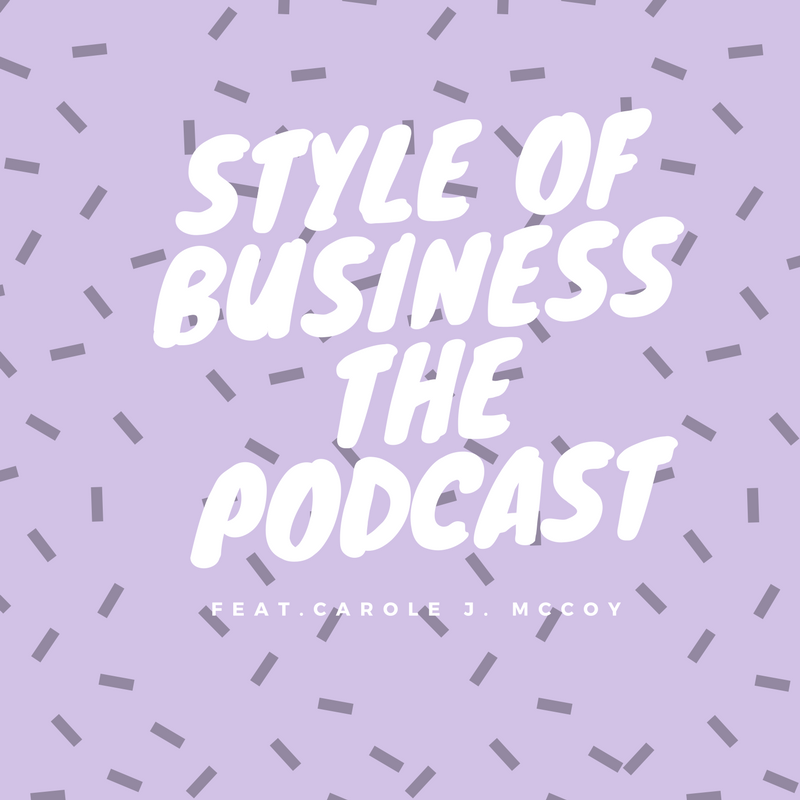You have that near-mythical flash of brilliance at 3:00am on a Thursday morning. You jot it down and roll over to finish sleeping. In the morning’s light, it still looks like a pretty good idea, whether it’s for a new business, a new hobby, a book to write, or a blog post. Here’s four quick ways to help figure out if it’s worth following up on.
Research
Each type of idea requires its own type of research. No need to spend hours at the library for a quick blog post. A google search with an eye towards others who have written on the same topic would make sense. For a new business, it may be time to do some deep digging into the market, competitors, current offerings, technical requirements and limitations and the legal structure surrounding the business. While the specific method for the research will depend greatly on the type of idea, the research should be focused around two major areas: potential and risks and costs.
Potential
How well can the idea do? A blog post about knitting dog sweaters on a blog about food tourism probably has a limited audience. It probably also doesn’t have a huge amount of return, in that even a wildly successful dog sweater knitting post probably won’t bring in a huge amount of traffic or revenue. While that alone isn’t enough to discourage following the idea, it needs to be noted and understood. For a business or product idea, market needs to be understood. How many people could you sell to? How often? For about how much? The exact price point doesn’t need to be determined, but the difference between tens of dollars and tens of thousands of dollars should be clear. Once you’ve determined the upsides, it’s time to consider the opposite.
Risks and Costs
Using the blog example, a short, easy post on dog sweaters probably doesn’t cost a lot of effort, even if the return is low. Other risks need to be considered, too, like losing audience, market confusion, mudding your brand. A business idea has risks too, like financial cost, time spent away from family, legal ramifications, or damage to your reputation. Risks aren’t necessarily guaranteed to occur, but the likely ones need to be fully grasped.
Calculate
Now it’s time to put the research together. Figure out the risk versus the rewards. A long article with a high research time cost that might annoy some of your audience and has little likelyhood of growing your audience or revenue probably won’t make sense. A quick article that keeps people engaged may make sense, even with little direct return. A business idea that will be unlikely to ever break even with a large time commitment that will ruin your reputation if it fails is probably not a great idea to pursue.
Feedback
Once your idea has passed this stage it’s time to share it. Get feedback from people you know, find out what they think. Particularly pay attention to the people who don’t like it. Feedback from a negative perspective can be invaluable in helping you see risks or costs that you’ve missed. Also, don’t be afraid of having your idea stolen. Implementation is almost always more important than the idea itself.











